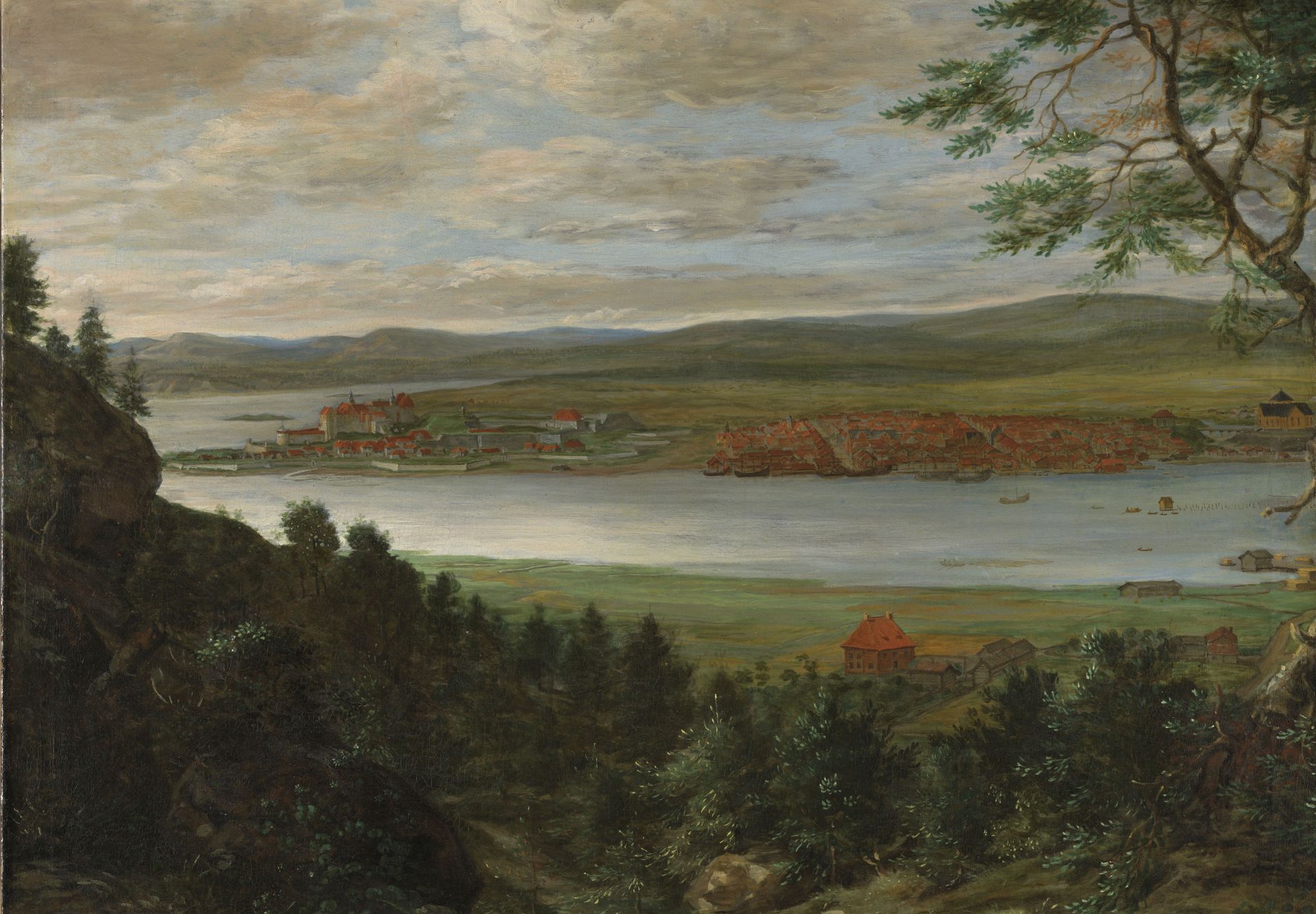
In August 1624, large parts of the old city of Oslo were reduced to ashes. Get to know the new city that emerged.
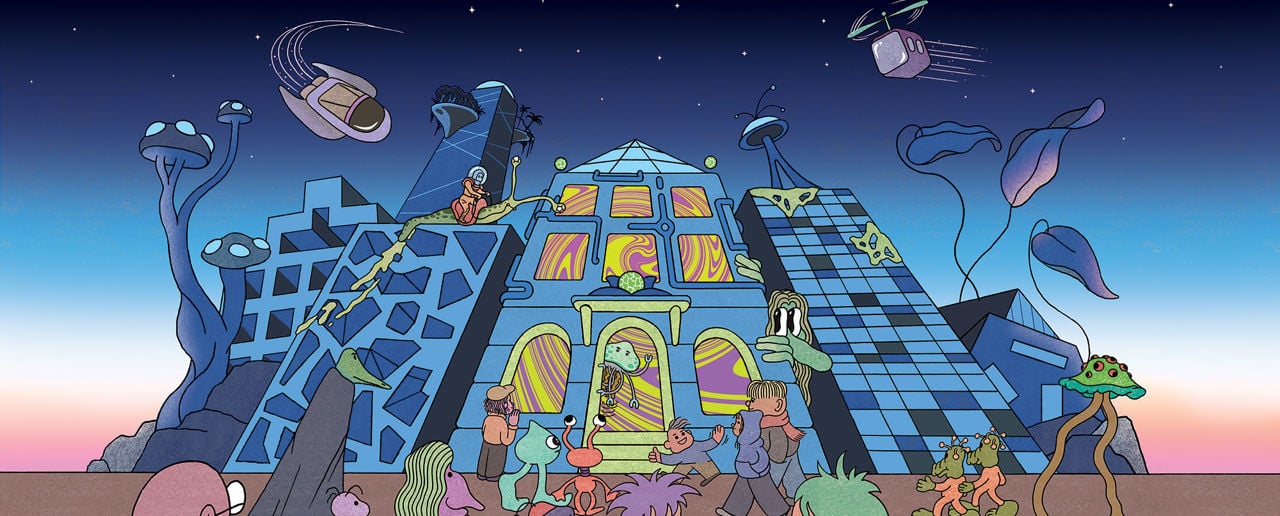
What do you think Oslo will look like in 30, 50, or 70 years? Time travel with us and explore different future scenarios.
Intercultural Museum, Tøyenbekken 5
31 March 2023–December 2024
Many well-established ideas about the future exist already, related to climate crisis, tech, and increasing social differences. Is this all that the future has in store for us, or are there alternatives?
In this exhibition, you move in and out of different imagined scenarios created by people living in the east end of downtown Oslo (Gamlebyen, Tøyen, Grønland, etc.). What if sea levels rise by 70 meters? What if Tøyen becomes the new cultural and economic hub of Oslo? What if the people take back the power from private investors, and develop the city the way they want?
In the exhibition, you can partake in fun future workshops and engage in activities such as designing a future smart city, play around with future language, or build a new city district.
Illustrasjon: Sharmila Banerjee

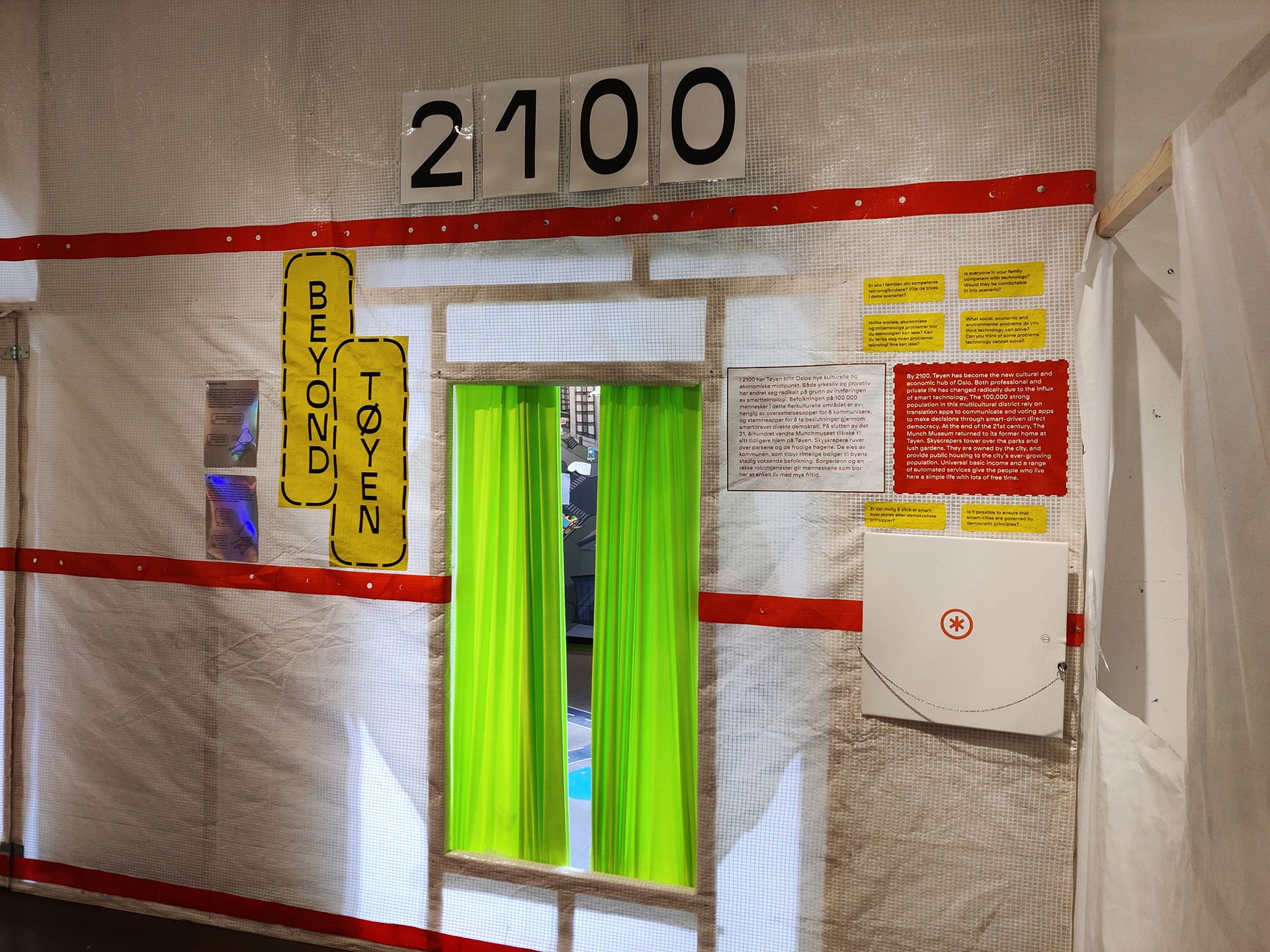
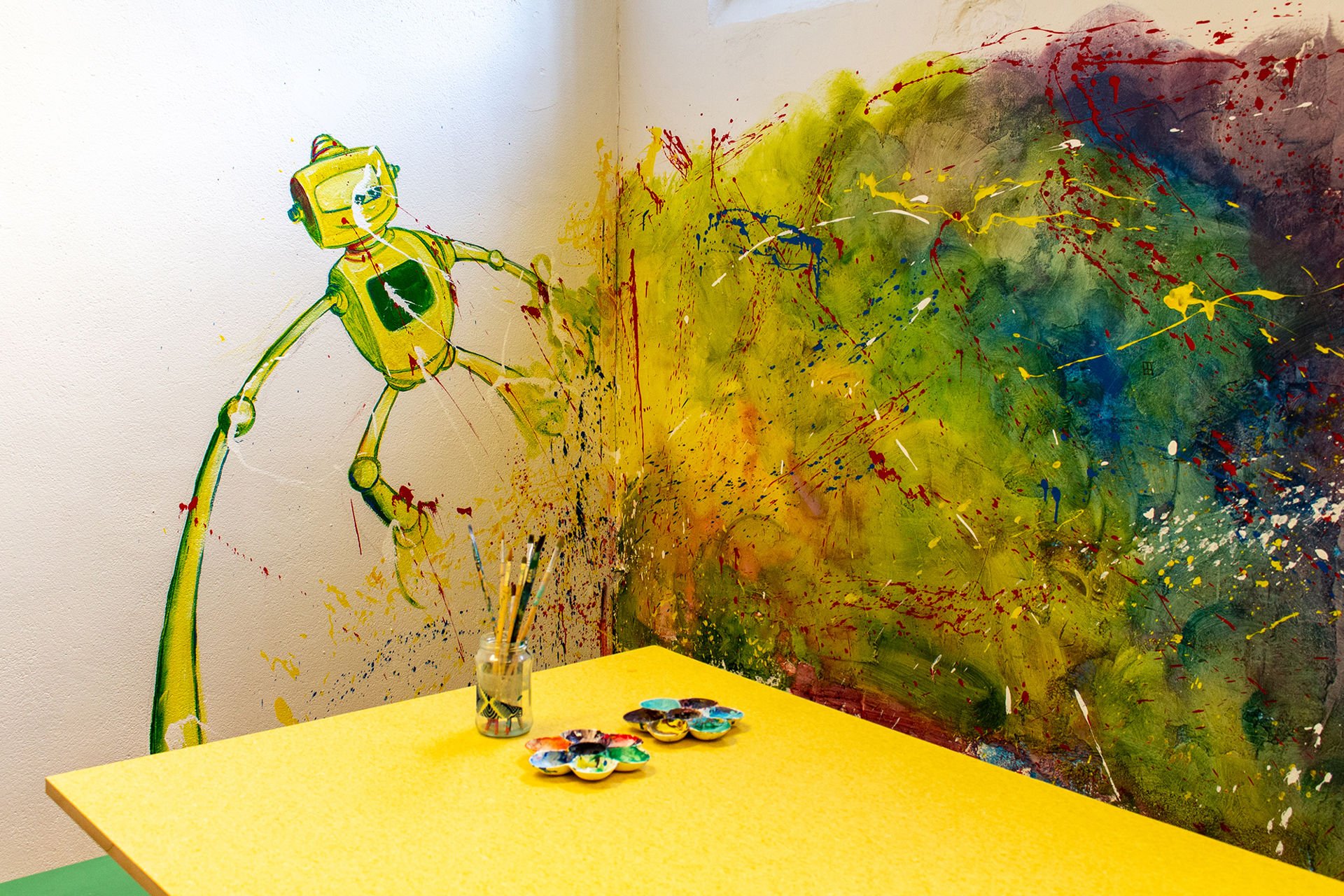
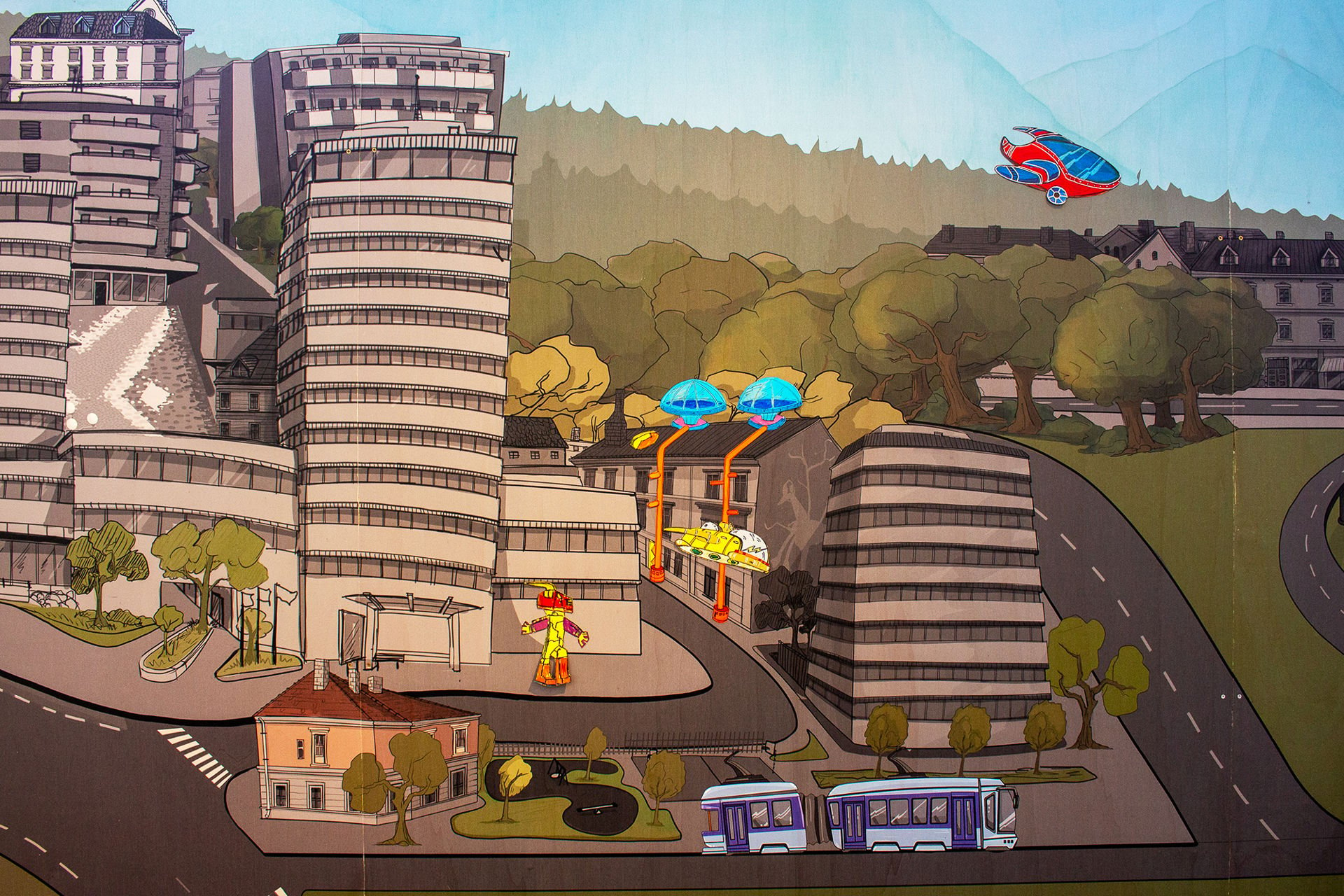
Tuesday–Sunday: 11am–4pm
Adults: NOK 60,-
Children and youth (under 26): Free admission
Free admission for one person accompanying a person with a disability.
Free admission for everyone on the first Thursday of the month.
Address: Tøyenbekken 5
Take any subway line to Grønland

The Intercultural Museum is located on the former premises of the old Grønland police station. Today, the former cells are used as unique exhibition spaces.
Through engaging exhibitions, you gain insight into current social topics, arts, and culture. Explore your own prejudices, challenge your ideas, and expand your understanding of other cultures.

In August 1624, large parts of the old city of Oslo were reduced to ashes. Get to know the new city that emerged.
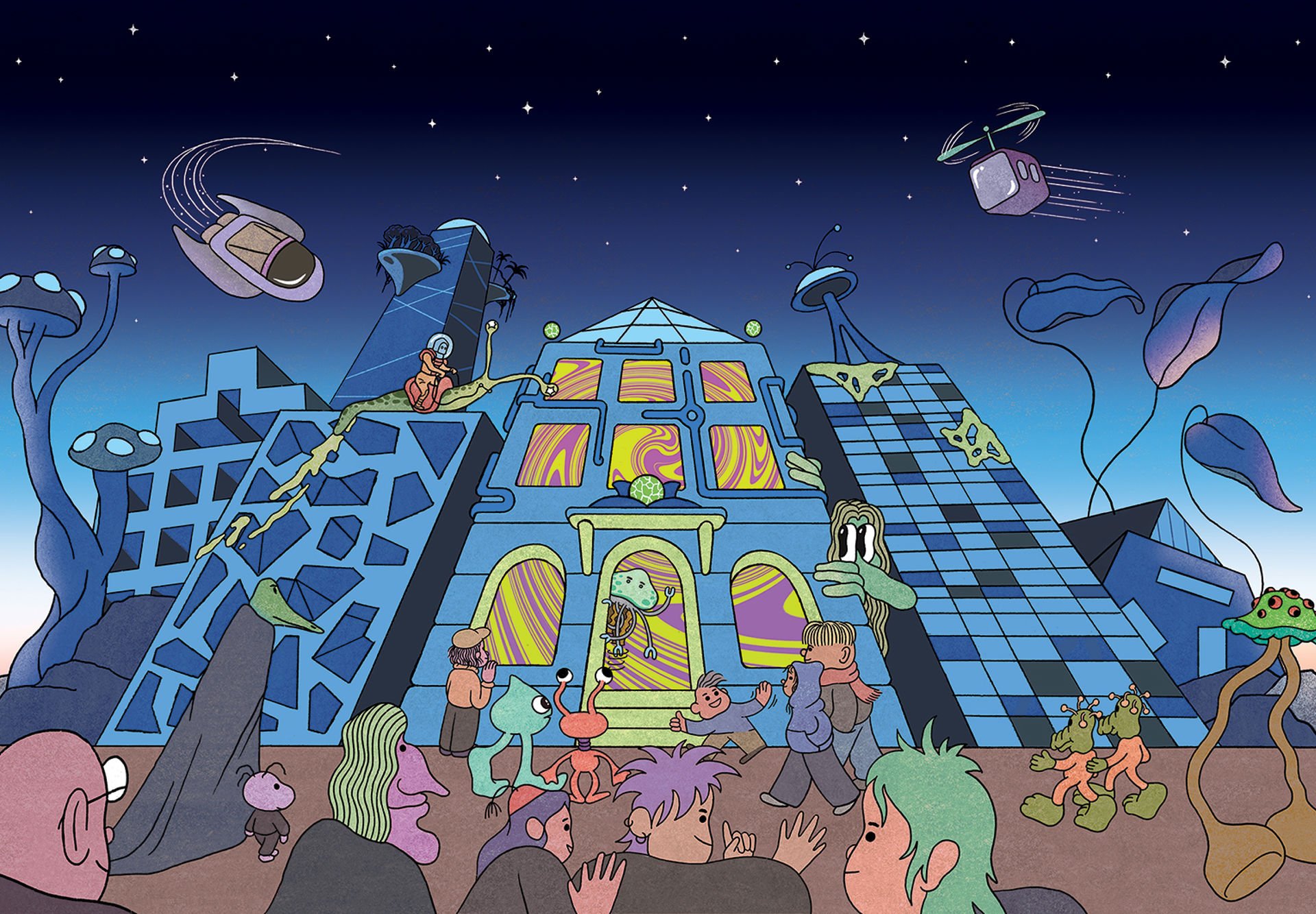
What do you think Oslo will look like in 30, 50, or 70 years?
Six artists based in Senegal and Norway are behind the exhibition Ndiakhass – which means patchwork in Wolof.
